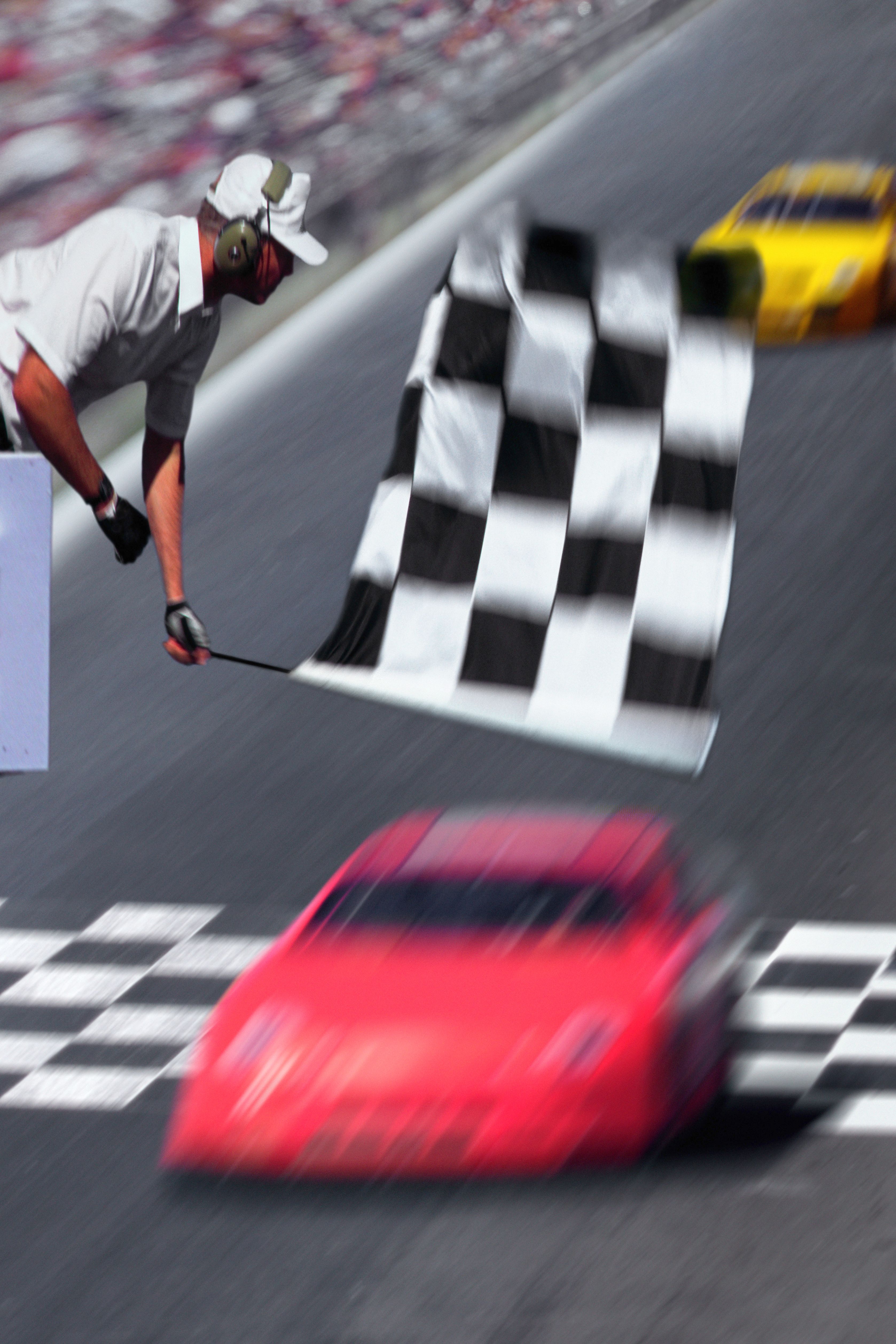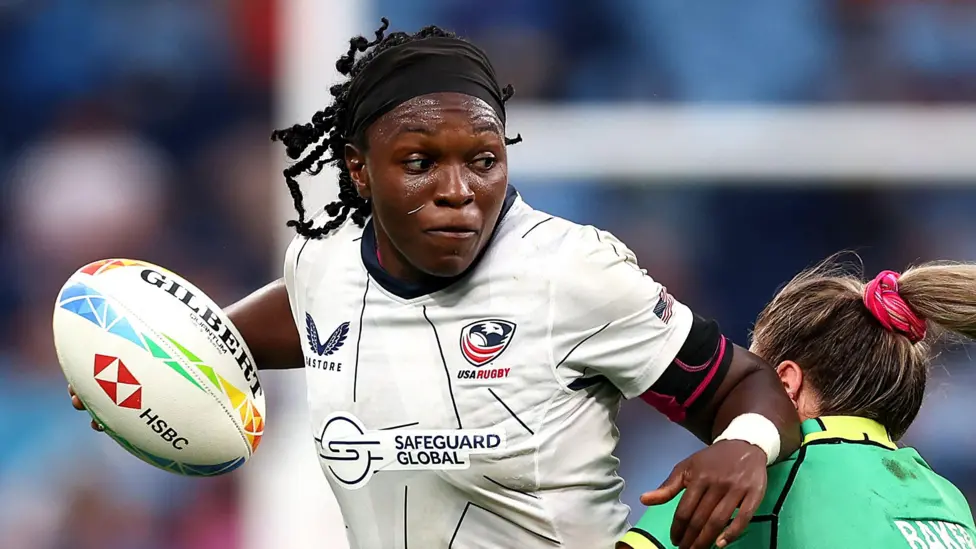How They Make the Mario Kart-Style ‘Ghost Car’ for Auto Racing Broadcasts
How They Make the Mario Kart-Style 'Ghost Car' for Auto Racing Broadcasts
Auto racing broadcasts have come a long way in terms of technology and graphics. One of the coolest features...

How They Make the Mario Kart-Style ‘Ghost Car’ for Auto Racing Broadcasts
Auto racing broadcasts have come a long way in terms of technology and graphics. One of the coolest features that has been introduced in recent years is the ‘ghost car’ feature, which allows viewers to see a transparent outline of a car on the track, showing its position relative to other cars.
But how exactly do they create this Mario Kart-style ‘ghost car’? The process starts with a combination of GPS tracking and data visualization software. Each car on the track is equipped with a GPS tracker that sends real-time data on its position, speed, and acceleration.
This data is then fed into specialized software that can render a 3D model of the car and overlay it onto the broadcast feed. The transparency effect is achieved by adjusting the opacity of the 3D model, creating the ‘ghost car’ effect that we see on TV.
Not only does the ‘ghost car’ feature add visual appeal to the broadcast, but it also provides valuable insights for viewers and analysts. By seeing the position of each car on the track in real-time, viewers can better understand the strategies and tactics being employed by the drivers.
Additionally, the ‘ghost car’ can be used to highlight key moments in the race, such as overtakes, crashes, or pit stops. By superimposing the ‘ghost car’ onto replays or slow-motion footage, broadcasters can provide a unique perspective on the action.
Overall, the Mario Kart-style ‘ghost car’ has become a popular and essential tool for auto racing broadcasts, enhancing the viewing experience for fans and enthusiasts alike.
With advancements in technology, we can only expect to see more innovative features like the ‘ghost car’ in the future of auto racing broadcasts.


